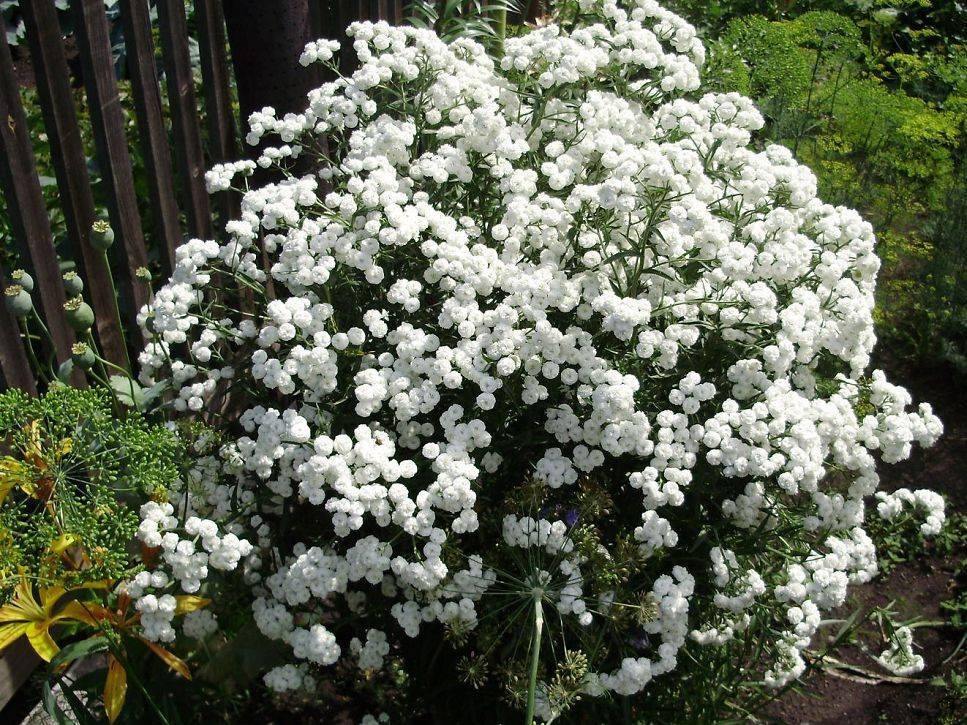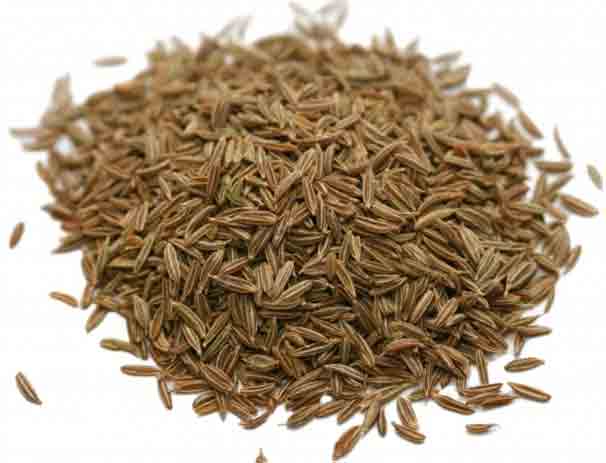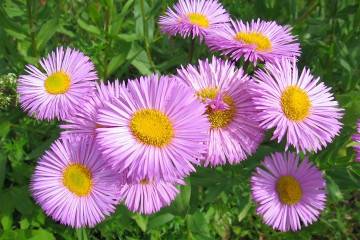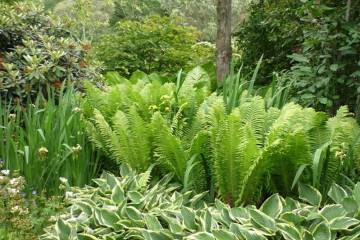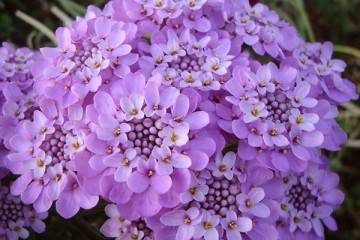Perennial garden yarrow - planting and care in a flower bed
Content:
Perennial garden yarrow is a popular medicinal plant that is grown by many flower growers. Most often, it is found in forests and meadows. However, the cultivation of such a herbaceous plant can be done at home. Before that, you need to familiarize yourself with the description of the yarrow, as well as with the features of its planting and growing.
Description of the species
Garden yarrow is a herbaceous perennial of the Asteraceae family with large openwork foliage and creeping roots. Under natural conditions, it grows up to 70 cm. Its stems are straight and strong. The leaflets are elongated, divided into hundreds of small lobules. It is because of this feature of the foliage that the plant got its name.
In the second half of spring, corymbose inflorescences, which consist of several flowers, begin to form on the stems. The flowers are painted lilac and white. However, the color of flowers largely depends on the type of yarrow grown in the garden. Therefore, you can find flowers painted in purple, burgundy or red.
Classification of species and varieties
Today, there are more than a hundred species of the yarrow plant. However, in nature, only six species of perennial are most often found.
Ordinary
It is a tall plant that, with proper care, can grow up to one meter. Flowering in this species begins in mid-July and ends in late September. The perennial blooms with purple and snow-white inflorescences with a slight pink tint.
This type includes the following varieties:
- Red Velvet. Yarrow Red Velvet has cherry-tinged flowers. The color of the inflorescences remains unchanged until the end of flowering;
- Paprika. The plant begins to bloom in early summer. Cherry inflorescences with a pinkish tint are formed on it;
- Terracotta. This is a yellow yarrow, on which oblong-shaped flowers are formed;
- Mary Ann. The flowers of this variety are colored lemon with an orange tint.
Noble
The noble yarrow is a medium-sized plant that grows up to 55-70 cm in height. This species is best suited for outdoor cultivation. It can even grow in infertile, acidic soils with low nutrient content. The leaf plates are colored green with a faint grayish tint. It blooms in the first half of June and fades within three months. The flowers are white.
The main advantages of the view:
- early flowering;
- fast growth;
- temperature resistance up to -30 ° С.
Big-headed
The plant is most often found in botanical gardens in Japan and in countries located in the Far East. A large-headed perennial grows up to 60 cm. It is covered with oblong lanceolate leaves. At the beginning of summer, white baskets begin to appear on the stems.
Tavolgovy
Tavolgovy yarrow most often grows in the Caucasus. This is a rather tall plant, since in its natural environment it grows up to one and a half meters. The stems are covered with green oblong foliage. In summer, inflorescences appear on the plants, consisting of baskets. Their length can reach 10-12 cm.
For growing at home, you can use the following varieties of meadowsweet perennial:
- Schwellenburg. It is a pink yarrow that grows only 35-45 cm. Ideal for growing in flower beds or small pots;
- Parker. A tall perennial that grows up to 120-130 cm in the open field;
- Moonshine. Medium-sized plant with golden shields. It blooms in mid-summer and stops blooming only in early October.
Ptarmika
Yarrow ptarmica grows in Eastern and Central Europe. This perennial is very compact and short. Its maximum height does not exceed 70 cm.
There are many different varieties of this species, however, among flower growers and gardeners, the yarrow variety Ptarmika Pearl mussel is especially popular. This perennial has small green leaves with jagged edges. In summer, flower baskets appear on the plant, painted in a bright white color. Flowering yarrow Pearl mussel begins in June and lasts until the last days of August.
Felt
Felted, or bristly, yarrow grows in Eastern Europe and western Siberia. This is the shortest species, since its height does not exceed 15 cm.The diameter of the bushes is 30-40 cm.
The felt look, unlike any other yarrow variety, looks very original and unusual. Its stems are often spread along the ground and pressed tightly to its surface. The plant blooms in early summer. In June, yellowish baskets with a diameter of 3-5 cm are formed on it. Flowering continues until early autumn.
Planting methods
Every person who wants to grow this useful medicinal plant on their own should familiarize themselves with two main methods of planting it.
Seeds
Some growers grow ornamental yarrow from seeds. At the same time, you should not be engaged in collecting seeds yourself. Instead, it is better to use purchased ones, as they will germinate better.
You can start sowing seeds from mid-February. Plants need to be planted in drained soil, which contains sand. Different planting containers can be used.
Growing young seedlings is carried out as follows:
- Planting seeds in the grooves. The depth of the planting holes should be no more than 2 cm. The planted seeds are sprinkled with soil and watered with water.
- Transfer the planted seed containers to a suitable location. You need to grow seedlings on a well-lit windowsill.
- Seedling care. Crops should be aired and watered daily for two weeks.
- Picking. 10-14 days after planting, when two true leaves are formed, the seedlings are transplanted.
Cuttings
Some do not like to tinker with seeds and use cuttings instead.
Many novice florists are interested in when to collect yarrow cuttings. It is recommended to do this in late spring or early summer. Shoots are cut only from young bushes. After that, they are treated with growth stimulants and germinated to form and strengthen the root system.
Care
In order for a planted perennial to grow well and bloom for a long time, it is necessary to properly care for it.
Watering
Yarrow is a drought-resistant plant that can develop normally even in dry soil. However, despite this, it must be watered regularly so that at least a little moisture remains in the soil. On hot summer days, watering is carried out 1-2 times a week.
Top dressing
Not all growers know why the yarrow begins to look painful and gradually fades. Most often this happens from a lack of nutritional components. To prevent the grown perennial from withering, it must be regularly fed with fertilizers.
If the plant is grown on fertile soil, feeding is done only once. This is done at the end of spring, when the perennial needs mineral components.
Pruning
It is necessary to regularly engage in sanitary pruning of bushes. In the summer, shoots are cut, on which yarrow flowers do not form. Dry and damaged stems are also cut. In the middle of autumn, shortening of the bushes is carried out before winter. Shoots are cut 20-30 cm. The cut bushes are covered with fallen leaves, vegetable tops and dry leaves.
Transfer
A yarrow transplant should be done every five years. The plants are carefully dug up, after which the bushes are carefully separated and planted in new places. It is necessary to transplant in mid-spring or first half of autumn.
Application in landscape design
Yarrow with beautiful flowering plants is often used in landscaping. Red yarrow and other low-growing plant varieties are ideal for lawns and lawns.
Yarrow is a beautiful perennial plant that can be seen in forest and steppe zones. Also, this perennial can be grown at home. However, before planting it in the garden, you need to familiarize yourself with the description of the plant and recommendations for caring for it.
